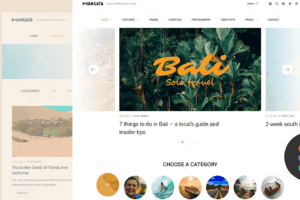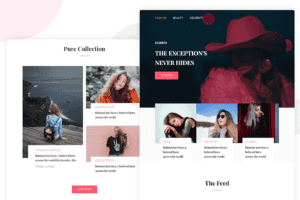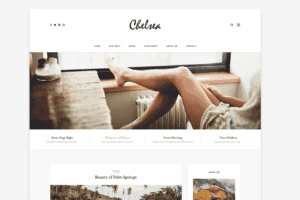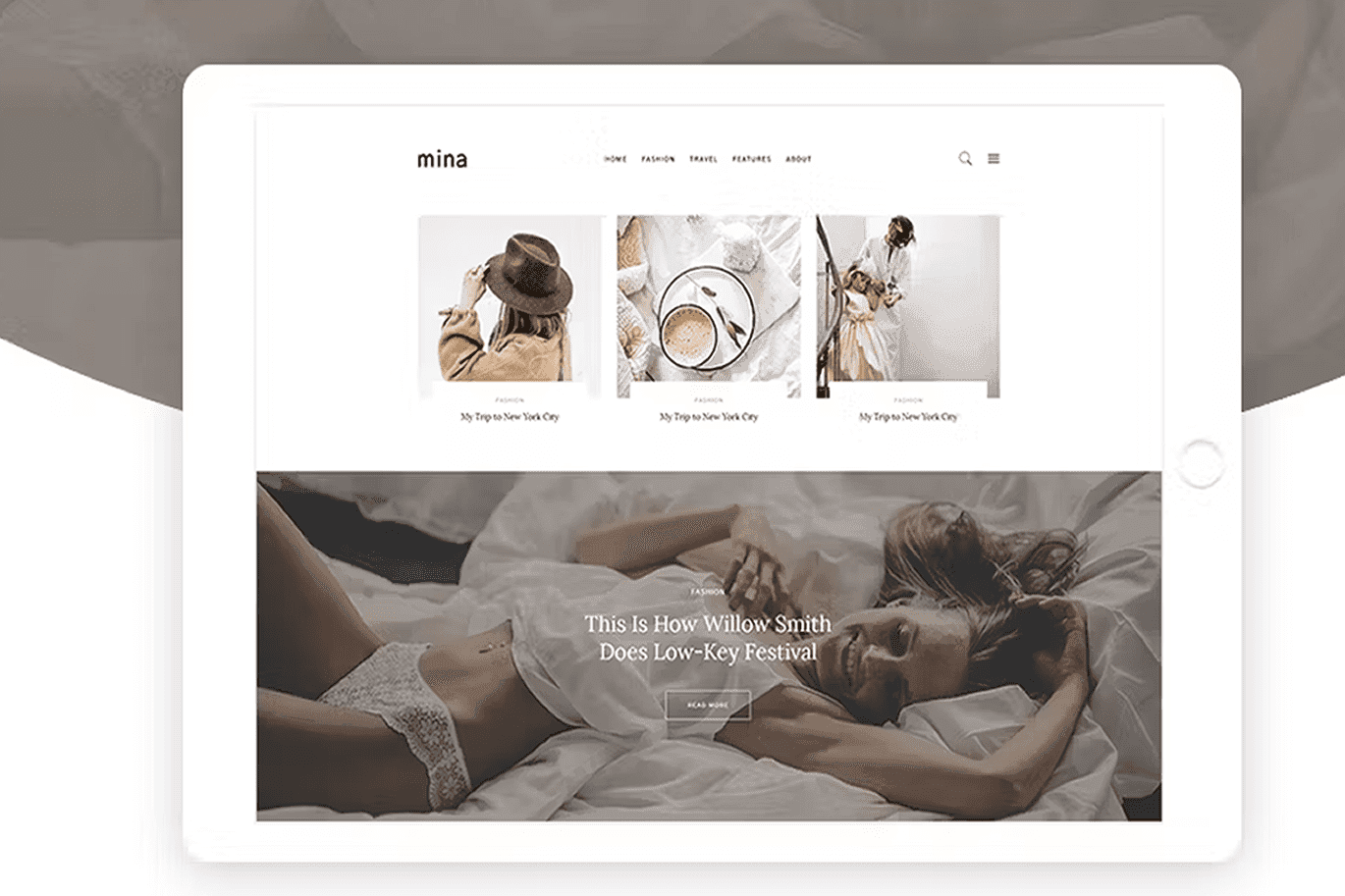Creating a Strong Visual Identity – Tips for Consistent Branding Across Platforms

There’s no denying the power of a strong visual identity when it comes to effectively communicating your brand’s message to your audience. Consistency in branding across various platforms is key to building brand recognition and establishing a solid reputation. In this blog post, we will discuss necessary tips and strategies to help you create a cohesive visual identity that resonates with your target market and sets you apart from the competition. By implementing these guidelines, you can ensure that your brand remains memorable, professional, and easily identifiable across all marketing channels. Crafting Your Brand’s Visual Elements While creating a strong visual identity for your brand, it’s vital to carefully craft the visual elements that will be synonymous with your company. From colors to typography, logo design to imagery, each component plays a crucial role in conveying your brand’s message and values. Defining Your Brand’s Color Palette With the task of defining your brand’s color palette, you have the opportunity to evoke specific emotions and create a visual language that resonates with your target audience. Colors play a significant role in brand recognition, so it’s important to choose a palette that not only reflects your brand’s personality but also sets you apart from competitors. Color psychology can also be a powerful tool in influencing consumer behavior. By selecting colors that align with your brand’s values and the emotions you want to evoke, you can create a memorable and impactful brand experience for your audience. Choosing the Right Typography Color is not the only visual element that can make or break your brand’s identity. Typography plays a crucial role in conveying the tone and personality of your brand. The fonts you choose can communicate professionalism, creativity, elegance, or modernity, depending on the style and design. To make the right choice, consider the readability, scalability, and versatility of the fonts you select. Consistency in typography across all brand materials, from websites to print materials, is key to maintaining a cohesive visual identity. Developing a Unique Logo Brands are often recognized by their logos, making it a key visual element in establishing brand identity. Your logo should be distinctive, memorable, and reflective of your brand’s values. It should communicate your brand’s essence in a simple yet impactful way. Palette, shape, and style all play a role in logo design, and it’s vital to create something that stands out while being versatile enough to adapt to different platforms and uses. Imagery and Photography Style Your brand’s imagery and photography style are crucial in conveying the right message to your audience. Whether you opt for sleek and modern visuals or warm and inviting images, consistency is key in creating a strong visual identity. Your imagery should align with your brand’s values and resonate with your target demographic. Photography can evoke emotions and create a connection with your audience, so it’s important to choose images that reflect your brand’s personality and speak to your brand story. Consistency Across Different Platforms Adapting Visuals for Social Media The key to maintaining a strong visual identity across different platforms is consistency. Assuming you have established your brand’s visual elements such as colors, fonts, and logo, it is crucial to adapt these visuals for social media. The dynamic nature of social media platforms often requires unique image sizes and aspect ratios. Tailoring your visuals for each platform while keeping your brand’s visual identity intact is crucial. The content you post on social media should resonate with your brand’s tone and messaging. By consistently incorporating your brand’s colors and logo into your social media visuals, you can enhance brand recognition and create a cohesive online presence. Remember to maintain a balance between showcasing your brand and creating engaging content that appeals to your audience. Unifying Website and Email Campaigns Campaigns aimed at unifying your website and email marketing efforts can further strengthen your brand’s visual identity. By ensuring that the visuals on your website align with the design elements used in your email campaigns, you can create a seamless brand experience for your audience. Consistent use of colors, fonts, and imagery across both platforms reinforces your brand’s personality and values. With a cohesive visual identity, your audience will easily recognize your brand regardless of whether they are browsing your website or reading your email campaigns. This unified approach can increase brand trust and loyalty, ultimately leading to a more memorable brand experience for your customers. Brand Guidelines and Staff Training Despite the dynamic nature of the digital landscape, creating a strong visual identity requires consistency across all platforms. Brand guidelines serve as the backbone of maintaining a cohesive brand image, providing a comprehensive set of rules for visual elements, typography, colors, and tone of voice. These guidelines are instrumental in ensuring that your brand is recognizable and resonates with your target audience. Documenting Visual Standards On the path to establishing a consistent visual identity, documenting visual standards is crucial. These standards should cover logo usage, color palettes, typography guidelines, imagery styles, and other key visual elements that define your brand. By creating a detailed brand style guide, you provide a reference point for all internal and external stakeholders to maintain brand consistency across various channels. Furthermore, a comprehensive brand guideline document can help streamline the design process, enhance brand recognition, and foster a sense of professionalism. Regularly updating and revising these guidelines will ensure that your brand remains relevant and aligns with evolving industry trends. Internal Education on Brand Consistency An educated staff is pivotal in upholding brand consistency across all touchpoints. Providing internal training sessions or workshops on brand guidelines and visual standards can empower employees to become brand ambassadors. By educating your team on the importance of maintaining a unified brand image, you instill a sense of ownership and pride in representing the brand. It is vital to create a culture where every team member understands their role in preserving brand integrity. From customer-facing interactions to internal communications, consistent branding should be a foundational principle integrated into the daily














